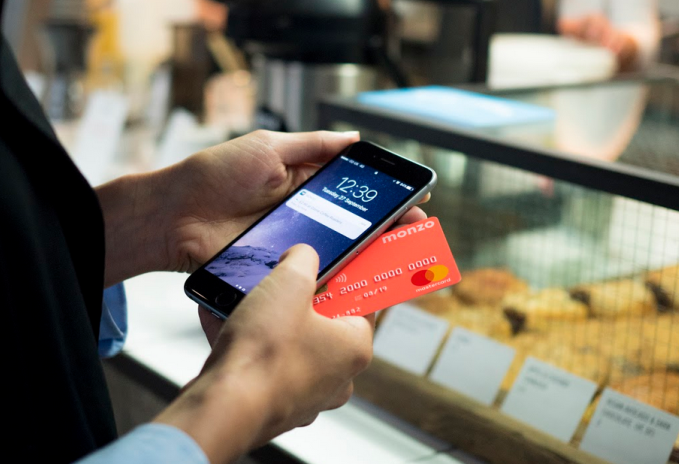Ranked: Monzo and Starling top list of best UK banks

Digital fintechs Monzo and Starling are better than traditional banks at providing the best service to personal banking customers, according to a recent survey.
The Competition and Markets Authority (CMA) conducted a survey of around 1,000 customers of each of the 19 largest personal current account providers in Britain to rank the best and worst UK banks.
The publication of the findings, the fifth since the regulator’s investigation into retail banking in 2016, included disruptors Monzo and Starling Bank for the first time.
It is designed to calculate how the quality of service compares between Britain’s leading banks, ranking overall service quality along with digital offerings. The CMA also asked customers for their opinions on their bank’s overdrafts and in-branch experience.
Monzo and Starling led the survey’s overall service quality ranking, indicating how quickly the banking landscape has changed in recent years. The survey, carried out between July 2019 and June 2020, only captures the initial outbreak of the pandemic but it is notable that traditional banks continue to trail the so-called disruptors.
Monzo topped the overall service quality rankings, with 86 per cent of customers likely to recommend it to friends and family. It will provide some relief to the fintech, which has struggled in the past month as its valuation dropped 40 per cent and its auditors warned of “significant doubt” over its ability to stay in business beyond 12 months.
Digital bank Starling followed closely behind with 84 per cent of customers, while First Direct, HSBC’s internet-based retail banking division, boasted 83 per cent.
The traditional banks lagged behind the upstarts. Barclays and Halifax shared sixth place with just under two-thirds of customers likely to advocate for the service. RBS – now Natwest Group – trailed at 18th with 46 per cent while Tesco Bank slumped to the bottom with 44 per cent.
A spokesperson for Tesco Bank told City A.M.: “We take the findings of this survey seriously. We value customer feedback and work hard to provide the best experience possible for all the products and services we offer.”
A Natwest spokesperson said: “We can do more to improve the experience for customers in certain aspects of our service.”
Best and worst UK banks for service
| Ranking | Bank | |
| 1 | Monzo | 86% |
| 2 | Starling Bank | 84% |
| 3 | First Direct | 83% |
| 4 | Metro Bank | 81% |
| 5 | Nationwide | 71% |
| 6= | Barclays | 62% |
| 6= | Halifax | 62% |
| 8 | Santander | 61% |
| 9= | Lloyds Bank | 60% |
| 9= | Virgin Money | 60% |
| 11 | HSBC | 59% |
| 12= | Natwest | 58% |
| 12= | Bank of Scotland | 58% |
| 14 | The Co-operative Bank | 57% |
| 15 | Yorkshire Bank | 56% |
| 16= | TSB | 51% |
| 16= | Clydesdale Bank | 51% |
| 18 | Royal Bank of Scotland | 46% |
| 19 | Tesco Bank | 44% |
Traditional banks struggle with digital services
Somewhat unsurprisingly, the traditional retail banks struggled with customer feedback in the CMA’s online and mobile banking services survey. Tesco Bank slumped to the bottom once again, while only 65 per cent of TSB’s customers would recommend its internet and mobile banking.
In April 2018 an IT failure left millions of TSB customers without access to online banking. And just last week, some TSB customers were unable to access online banking services.
A TSB spokesperson stressed the bank had made “significant progress” during the pandemic, including the introduction of new services such as its live chat.
“During this period the rate of customer registrations for TSB’s mobile banking app trebled from just over 1,200 before lockdown to almost 3,500 every day,” they added.
Monzo and Starling once again topped the rankings, with 89 per cent and 88 per cent of customers recommending the providers’ digital services respectively. Eighty five per cent of Metro Bank customers said they were likely to recommend its services.
Adam Land, senior director at the CMA said: “These league tables are an invaluable resource for customers to find the best service on offer to suit their needs. By being able to access data on the best and worst performing banks and building societies, people can easily compare providers, driving more competition to improve the overall quality of service.”